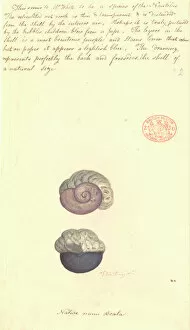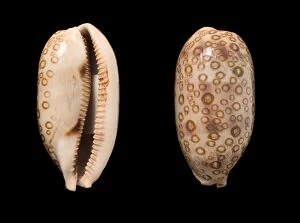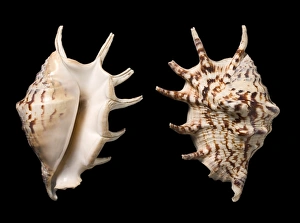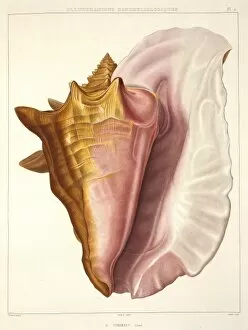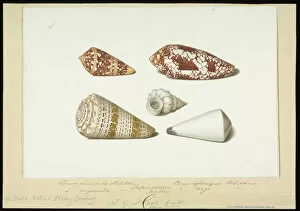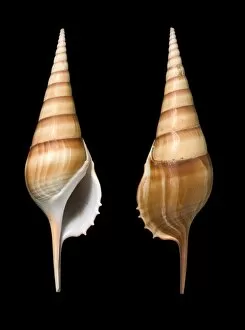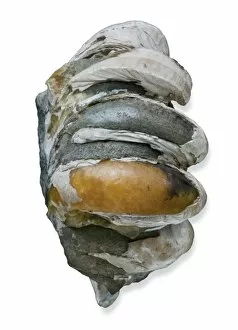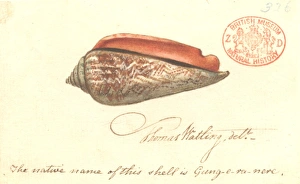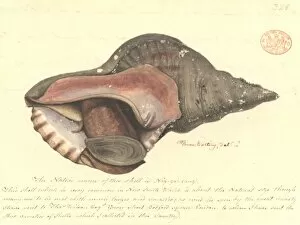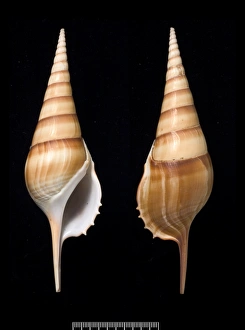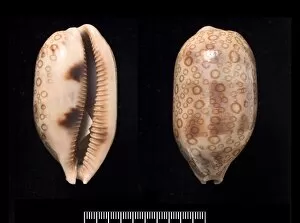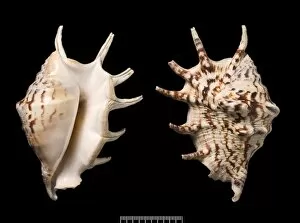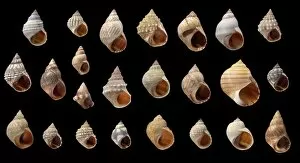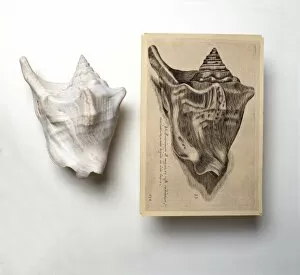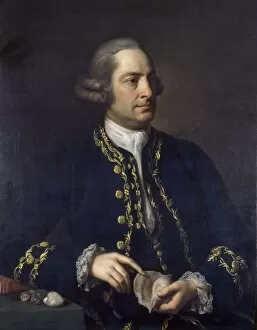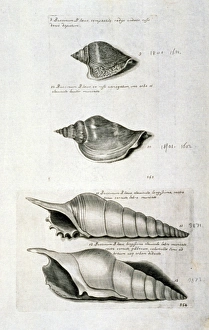Neotaenioglossa Collection
"Discover the Enchanting World of Neotaenioglossa: A Journey Through Shells and Marine Wonders" Immerse yourself in the captivating realm of Neotaenioglossa
All Professionally Made to Order for Quick Shipping
"Discover the Enchanting World of Neotaenioglossa: A Journey Through Shells and Marine Wonders" Immerse yourself in the captivating realm of Neotaenioglossa, where a myriad of exquisite shells await your exploration. From the vibrant Janthina violacea, also known as the violet snail, to the majestic Pleuroploca trapezium, or trapezium horse conch, this diverse group showcases nature's artistic prowess. Indulge in the intricate patterns adorning Conus and Epitonium shells; their mesmerizing designs will leave you spellbound. Marvel at the Hundred-eyed cowrie shells C016 / 6027 and Common spider conch shells C016 / 6042 – each boasting unique characteristics that make them true marvels of evolution. The grandeur continues with Strombus gigas, commonly referred to as queen conch. Its striking appearance commands attention while Arabian tibia shells C016 / 6017 exude an air of mystery with their alluring shapes and colors. Trapezium horse conch shells C016 / 6030 take center stage once again, showcasing their elegance alongside Arabian tibia shells C016 / 6016. These treasures from beneath the waves captivate collectors worldwide with their timeless beauty. Let us not forget Trapezium horse conch shells C016 / 6015 – delicate yet resilient symbols of resilience found within our oceans' depths. And who could resist Crepidula's charm? Slipper limpets offer a glimpse into nature's ingenuity through their unique shape and adaptability. Lastly, feast your eyes upon Strombus luhuanus - red-mouthed stromb - its fiery hues ignite curiosity while embodying nature's vivid palette. Neotaenioglossa invites you on an enchanting voyage through these remarkable specimens; a testament to Earth's incredible biodiversity.

